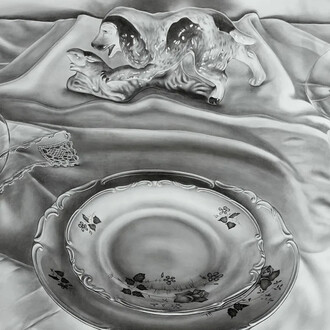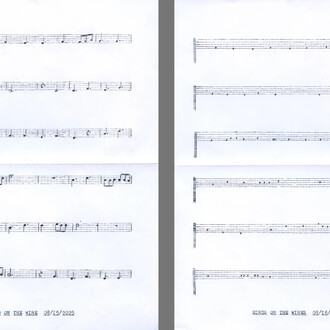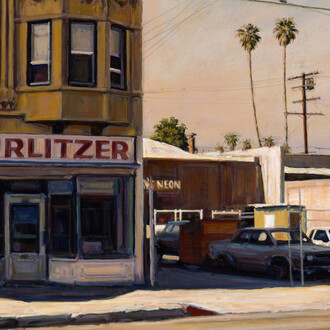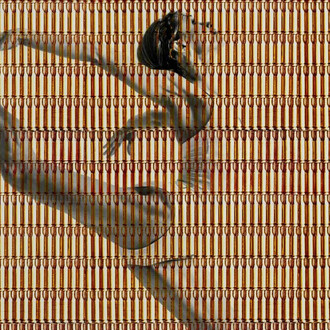Catharine Clark Gallery opens its Fall 2019 program with Whatever I See I Swallow, Katherine Vetne’s debut solo exhibition with the gallery. Vetne’s newest sculptures and drawings expand on themes of desire, consumption, and mainstream womanhood that were at-play in her acclaimed, site-specific installation Guilty Pleasure, which was previously exhibited in the gallery’s 2018 summer group exhibition, We Tell Ourselves Stories…In Order To Live. Made from over 70 pieces of melted Avon lead crystal, Vetne’s installation raised questions about how we perceive the value of heirlooms and decorative objects, by transforming formerly useful vessels into amorphous, non-functional forms that, through multiple interventions, are reimagined as works of art.
For her current exhibition, Vetne imagined an “idealized, mainstream woman and the decorative adornments of her life,” and how her possessions – lead crystal, silk scarves, ornate furniture – suggest a lifestyle that’s affluent and socially normative. Drawing its title from the poem “Mirror” (1961) by Sylvia Plath, Whatever I See I Swallow invites viewers to literally and metaphorically reflect upon how we relate to material objects and consumer goods as signifiers of status, well-being, and cultural acceptance.
The exhibition features metal point drawings such as Brides de Gala and Questionable Taste (both 2019), that reference silk scarves produced and sold by Hermes, the historic French fashion house known for its bold and colorful designs. Vetne evokes Hermes’ familiar graphics in order to explore how popular brands create their own iconography, and how their products often reference familiar art historical genres and motifs, such as history painting and still life, to establish a lineage or relationship with a creative class. Vetne’s drawings depict anonymous hands touching or piercing the tousled scarves, a gesture that suggests the Christian parable of “Doubting Thomas,” the apostle who refused to believe in Jesus Christ’s resurrection until he could touch and pierce Christ’s wounds himself.
The formal juxtaposition invites a deeper consideration of how faiths and consumer brands alike attract a devotional and even religious fervor by producing desire through aesthetics. By extension, Vetne’s use of metal point – a Renaissance-era drawing technique in which a metal stylus, typically gold or silver, is used to deposit metal marks on a prepared surface – suggests yet another layer of transformation and value through her use of precious metals as a material for art making. Her most recent melted lead crystal sculptures, by comparison, center around the idea of an excessive collection – amassments of vases, candlesticks, and dinnerware – and the antiquity of certain cultural rituals (such as the once-ubiquitous dinner party with accompanying sets for entertaining), while also suggesting how these modes, while seemingly outdated, still inform our contemporary relationship to material cultures and their attendant social norms. Whatever I See I Swallow is generously supported by an Individual Artist Grant through the San Francisco Arts Commission.
Vetne’s exhibition is accompanied by a Media Room presentation of Eldorado Wallpaper (2013), an animated projected video by German-born artist Brigitte Zieger. Zieger’s animation resembles an historical flocked wallpaper of a forest or jungle scene, rendered in neon green. Seemingly static at first glance, Zieger’s “wallpaper” quietly animates figures as they begin to emerge and disappear throughout the composition. Like Vetne, Zieger challenges the idea that decorative arts’ traditions are “neutral,” by exploring how these forms can be vehicles for larger commentaries on topics such as manifest destiny and environmental precarity
















